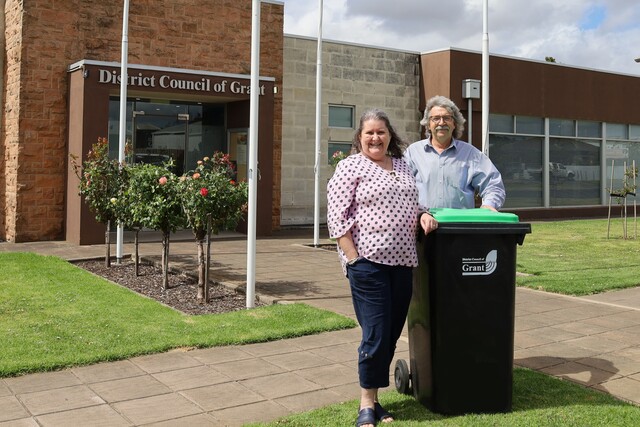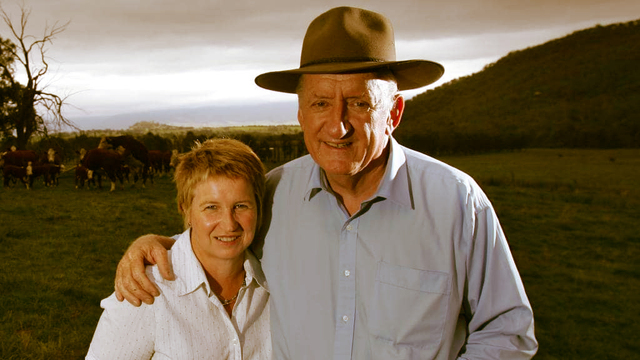Are Local Government greenhouse gas savings recognised under the proposed CPRS?
by Bruce Rowse*
Many Local Governments have employed staff and invested in capital works to reduce their energy use and carbon emissions. Hundreds of councils across Australia have formally adopted a greenhouse gas reduction target.
This has all been undertaken voluntarily, and Local Government has assumed a strong leadership position in response to the climate change challenge. But under the proposed Carbon Pollution Reduction Scheme (CPRS) this will not make any difference to the amount of greenhouse gas saved in Australia.
This is because Local Governments are not liable parties under the proposed CPRS. In fact only around a thousand of the very largest businesses in Australia are liable parties.
Being a non liable party means any carbon savings achieved by a council cannot be claimed as belonging to it. For example, let’s say a council replaces its Mercury Vapour streetlights with fluorescent or compact fluorescent streetlights that use half to two thirds less power.
This will cut electricity consumption significantly. As a result the power station supplying electrons to those streetlights will burn less coal, and produce less greenhouse gas. The power station will be a liable party under the CPRS. As a liable party it will then be in a position to say “I’ve lowered my emissions” and thus claim ownership of the greenhouse gas saved.
With ownership of the carbon saved, the power station will then be able to either claim the savings as its own, or else trade it with other liable parties.
Now here is the rub, because of the ‘cap and trade’ regime in the CPRS, Australia’s emissions are likely to be no more than the emissions reduction target of five to 25 per cent.
Canberra is yet to commit to a target, but say, for example, that Australia sets a five per cent reduction target by 2020, and say for example that as a result of its own efforts and the voluntary efforts of its customers a power station cuts its emissions by ten per cent, the power station can then choose to sell the additional five per cent it has saved over its emissions cap.
Another liable party may well have increased its emissions, but will be able to buy the emission permits being sold by the power station in order to stay within its emissions cap. As a result, Australia’s carbon savings won’t be any more than that set by the cap.
On the other hand, let’s assume that a power station’s customers increase their use of electricity, and that as a result the power station fails to meet its cap, the power station then would have to buy emission permits to meet its cap. And Australia’s overall savings would still be within the cap.
Either way, whether non liable parties increase or decrease their emissions, Australia’s emissions reductions will be that set by the cap. Voluntary action to cut emissions will probably have an indirect effect on the carbon price, but no more than that.
The more non liable parties voluntarily cut their emissions, the cheaper will be the price of carbon.
It won’t matter if you replace your streetlights or not, Australia’s emissions will remain the same.
In effect, those wishing to voluntarily cut their carbon emissions will be disenfranchised of their right to do so under the proposed CPRS. A Local Government may aim to be carbon neutral by 2020 or have an ambitious Cities for Climate Protection target – but it won’t actually reduce Australia’s emissions any more than the CPRS target.
Due to a public outcry over this the Federal Government has now made available a mechanism for ‘small business and households’ to voluntarily retire the emissions they have saved by implementing energy efficiency measures.
This involves making a “tax deductible donation to the Energy Efficiency Savings Pledge Fund. The Australian Carbon Trust will use these donations to purchase and retire Australian emissions units or purchase carbon offsets”.
However, this is no clear definition of what a ‘small business’ is.
It is not clear as to whether larger organisations, such as Local Governments, will have access to the Energy Efficiency Savings Pledge Fund. And if you did, not only would you have to pay for your capital investment to save energy (eg the energy efficient streetlights), you would then have to pay the Carbon Trust to have the savings recognised and make a genuine contribution to reducing Australia’s emissions.
*Bruce Rowse, energy efficiency engineer, is Director of CarbonetiX, an engineering consultancy specialising in carbon reduction. Contact Bruce via his blog at www.carbonetix.com.au/blog







